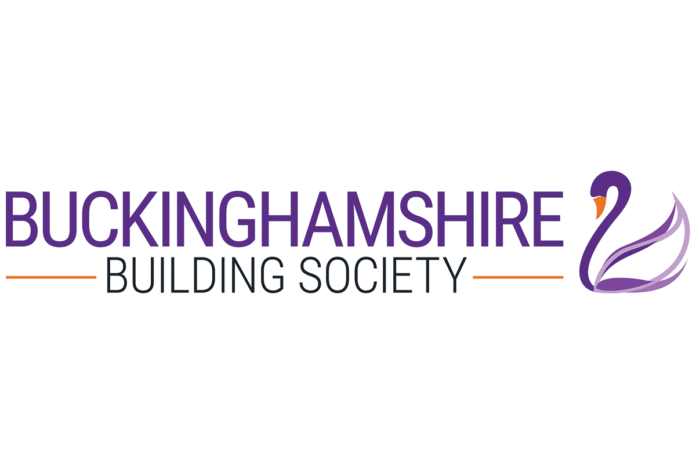Buckinghamshire Building Society has cut rates across its limited company buy-to-let and holiday let mortgage ranges by up to 40 basis points.
The most substantial reduction comes on the Society’s five-year fixed limited company buy-to-let product, now priced at 5.99% — down from 6.39%.
A new two-year discounted option has also been introduced, starting at 5.79%, as part of a move to broaden appeal to landlords seeking shorter-term flexibility.
The refreshed offering includes rate reductions across both the limited company and expat holiday let segments. The Society’s three-year fixed rate expat limited company buy-to-let has been reduced from 6.19% to 5.89%, while the two-year fixed holiday let rate for limited companies has been trimmed by 20 basis points to 5.79%.
Two-year discounted expat holiday let deals have also been repriced, with the everyday version now offered at 5.79% and the limited company version at 5.89%.
All limited company products carry a flat fee of £1,500. For non-limited company applications, the fee remains at £1,195. The Society applies a 125% Interest Coverage Ratio for limited company borrowers and continues to support first-time buyers, first-time landlords and day one SPV cases.

Claire Askham, head of mortgage sales at Buckinghamshire Building Society, said the move was driven by broker feedback and the desire to offer more flexible options for landlords.
“We know the market is constantly shifting, and these changes reflect our efforts to keep our products competitive and useful for brokers,” she said. “We’ve refined our limited company rates and introduced a new two-year discount to give more flexibility, especially for clients who want to keep upfront costs down or manage their cash flow in the early years.”
Askham added that the lender remains focused on serving the needs of brokers dealing with complex cases, including expat and limited company borrowers.
The latest repricing follows changes to the Society’s Credit Restore range in June, which included rate reductions of up to 20 basis points and an increase in maximum loan-to-value to 75%. Those earlier adjustments were designed to support borrowers with credit blips and were met with positive broker response.





